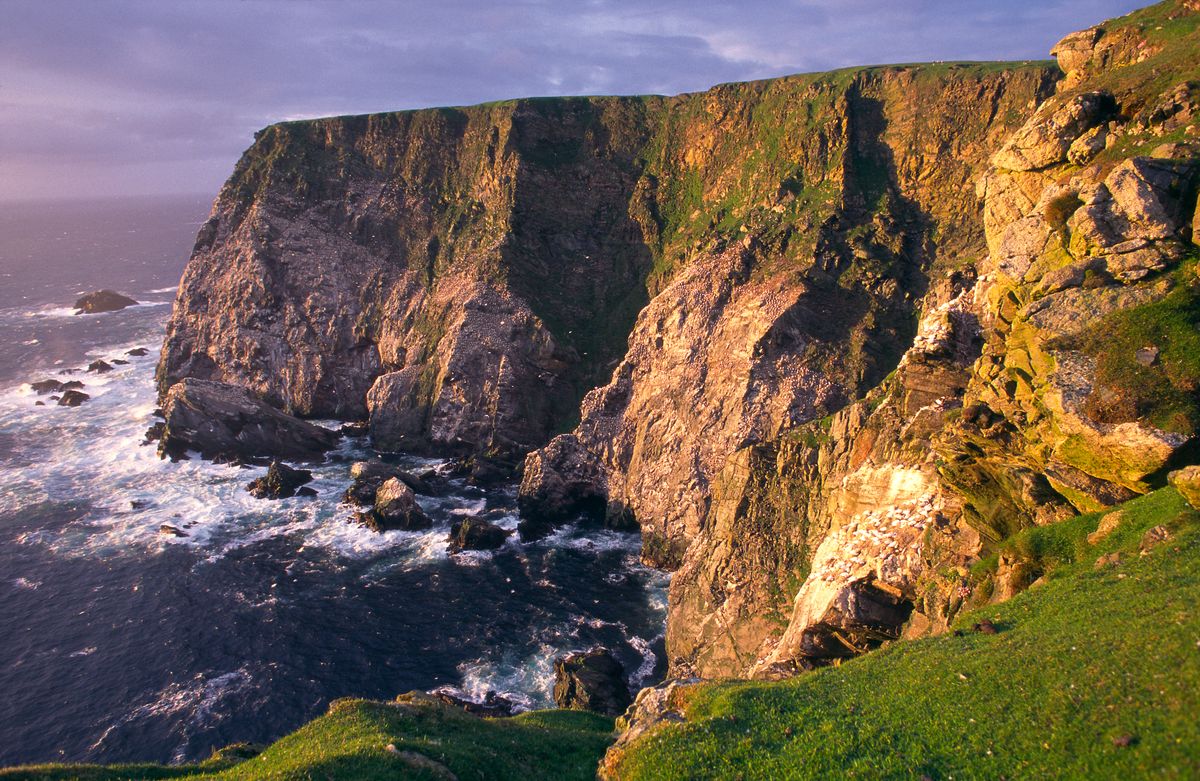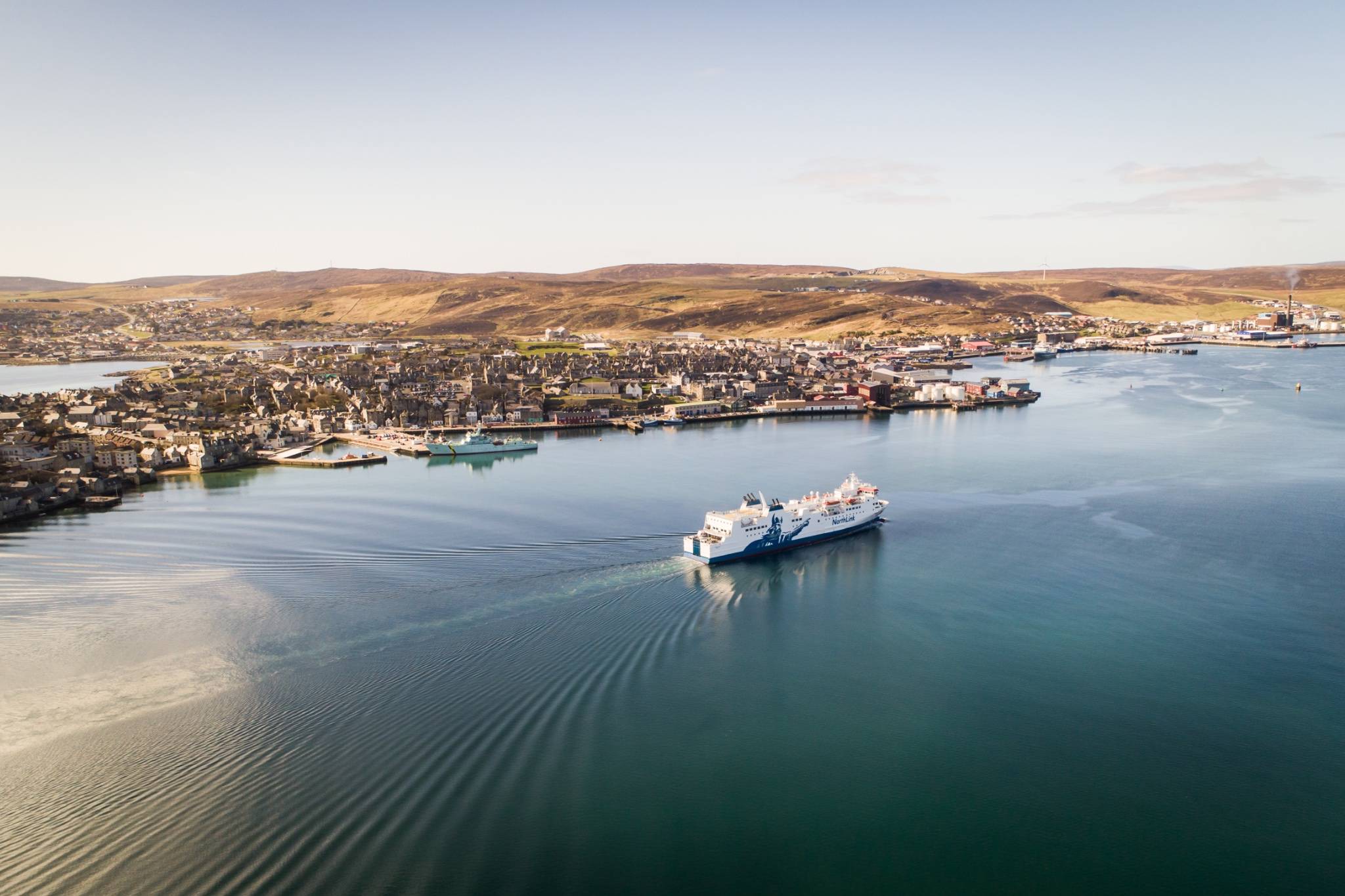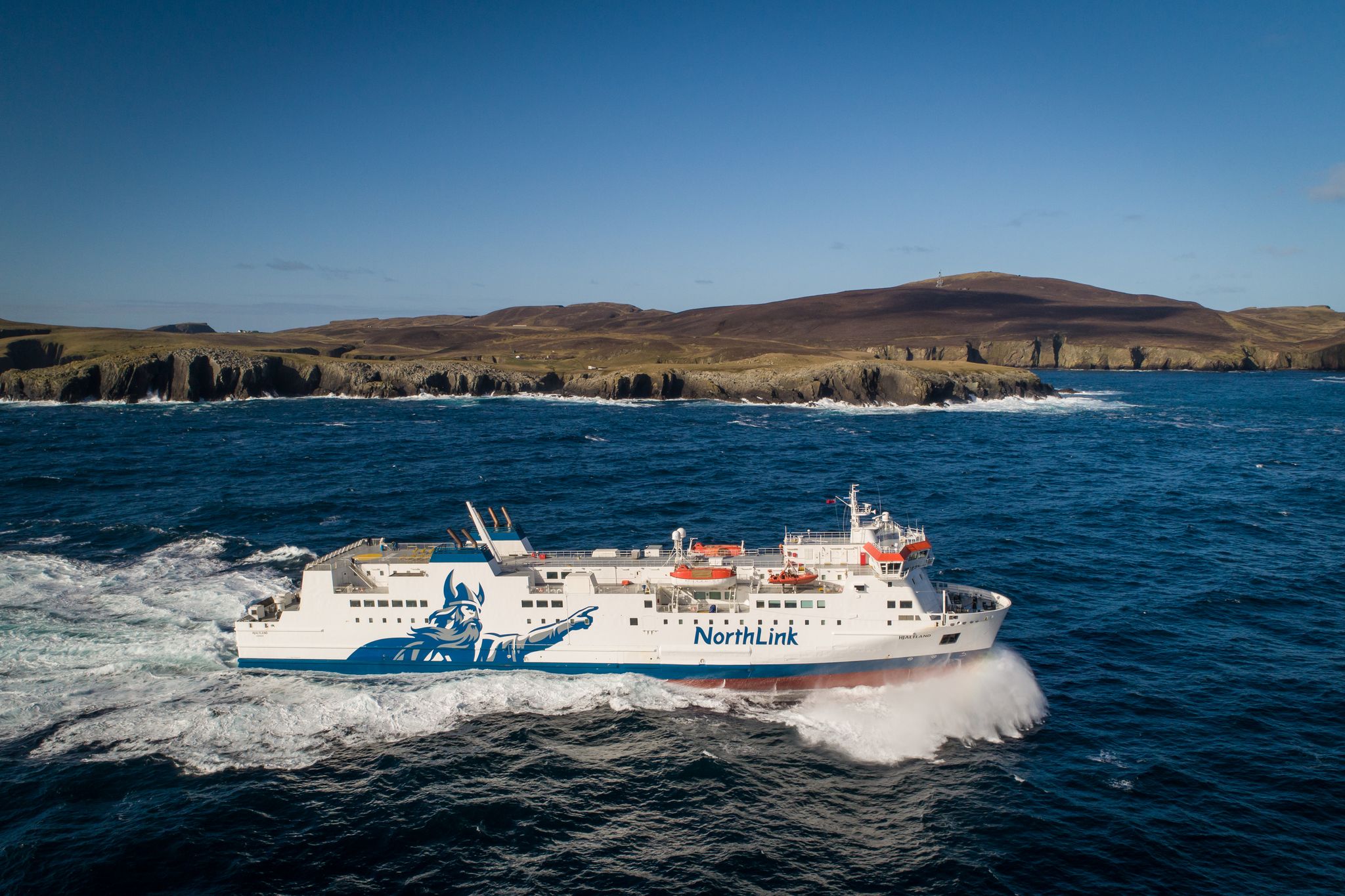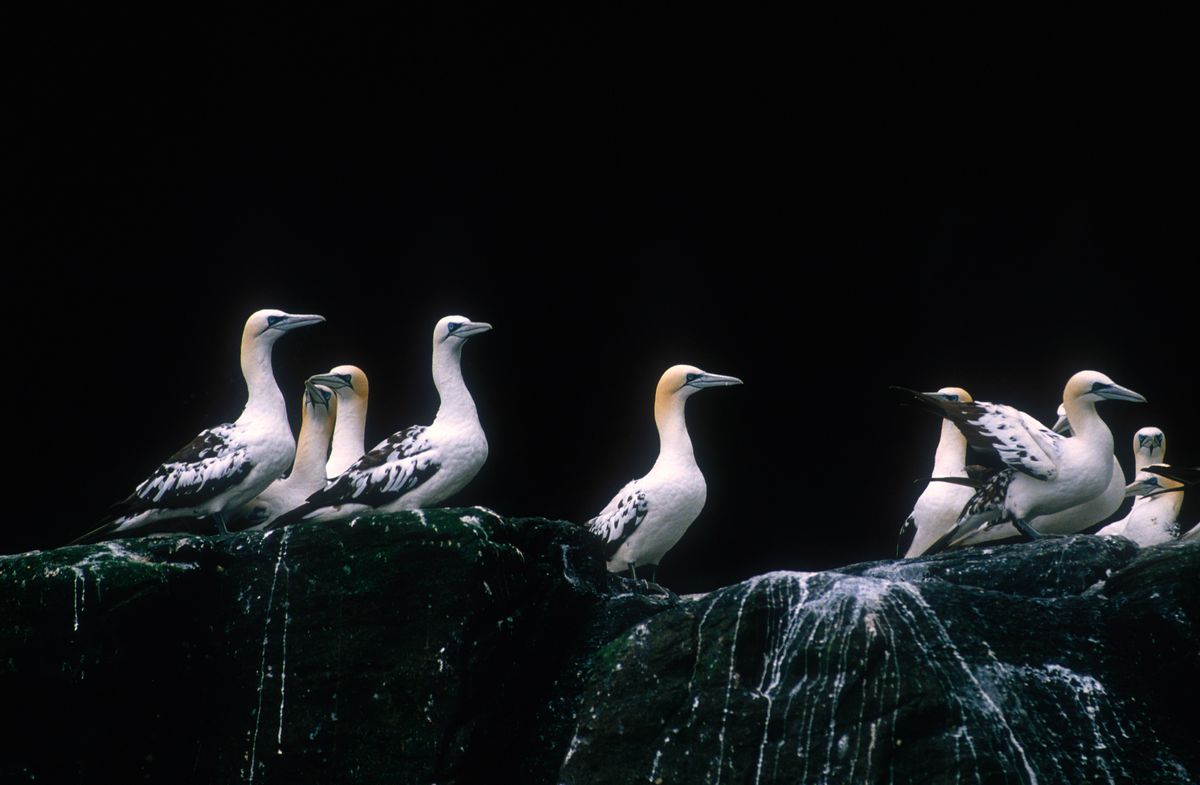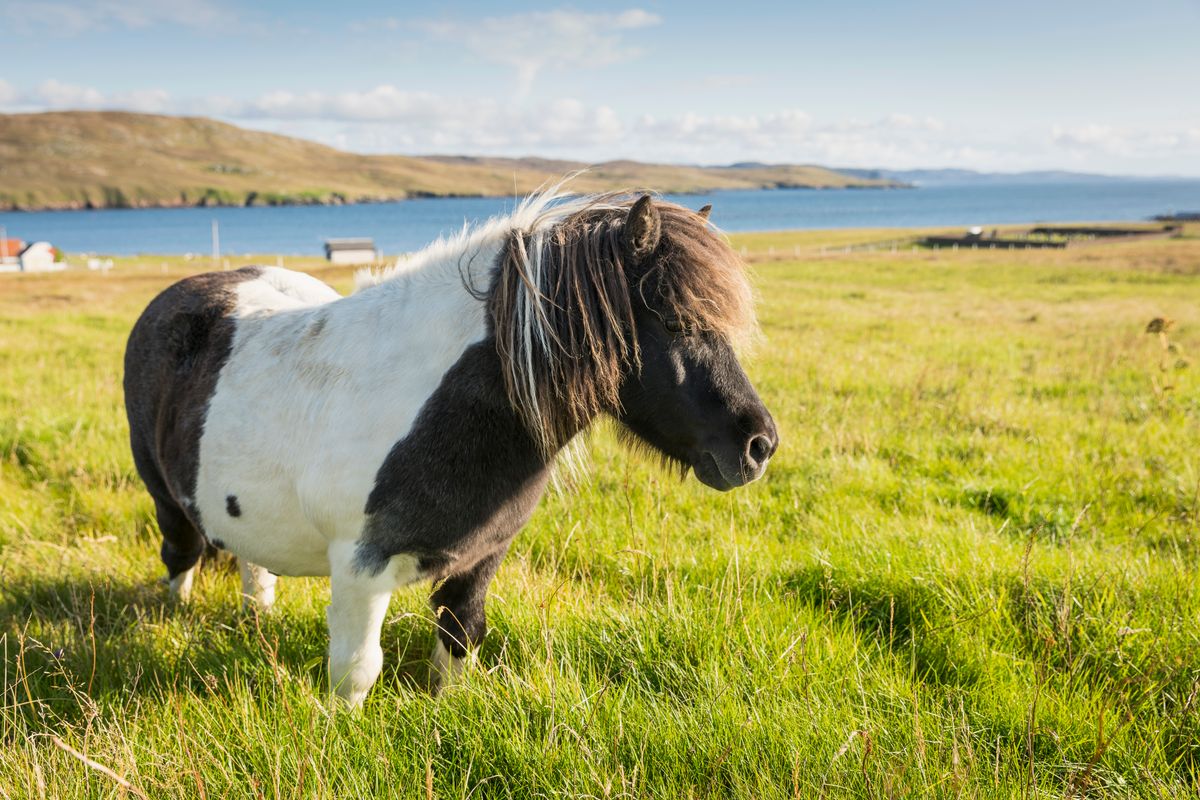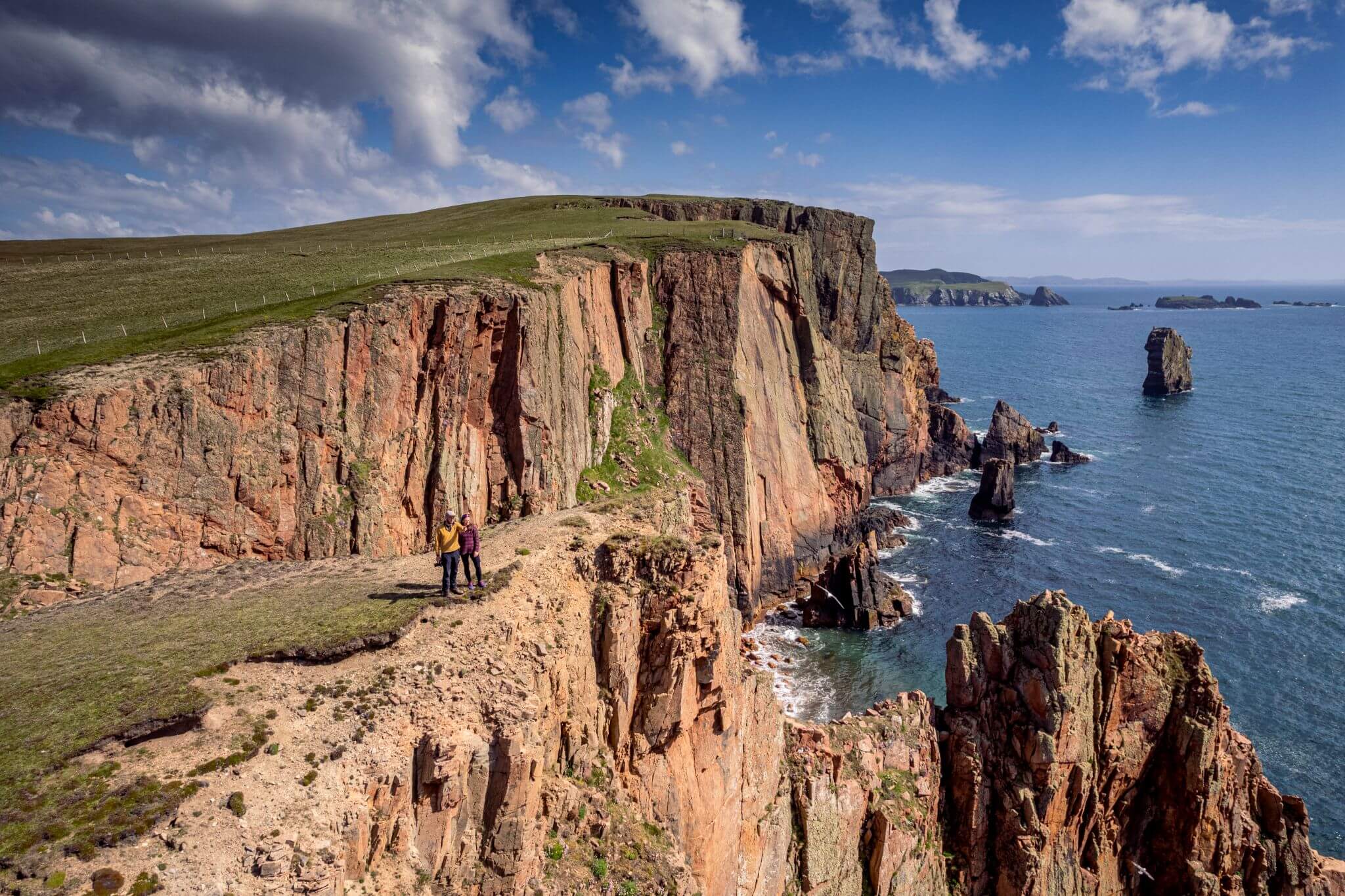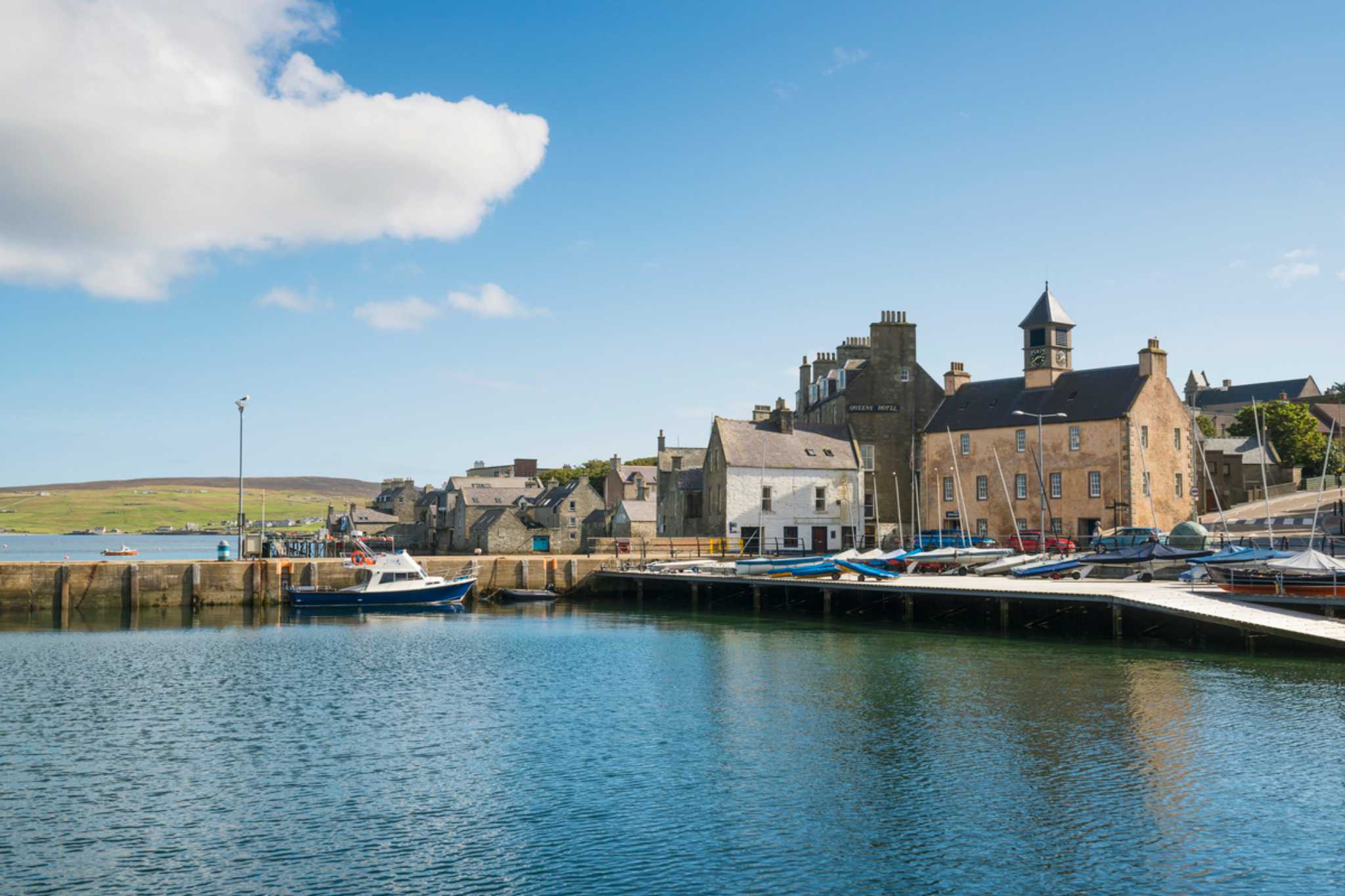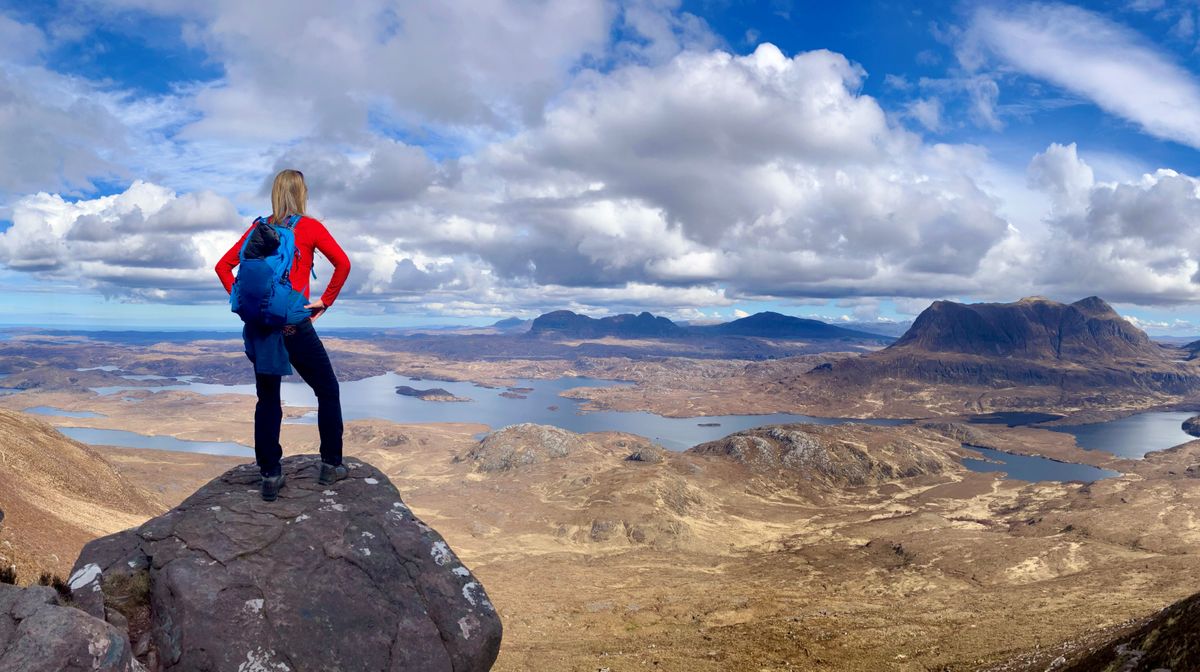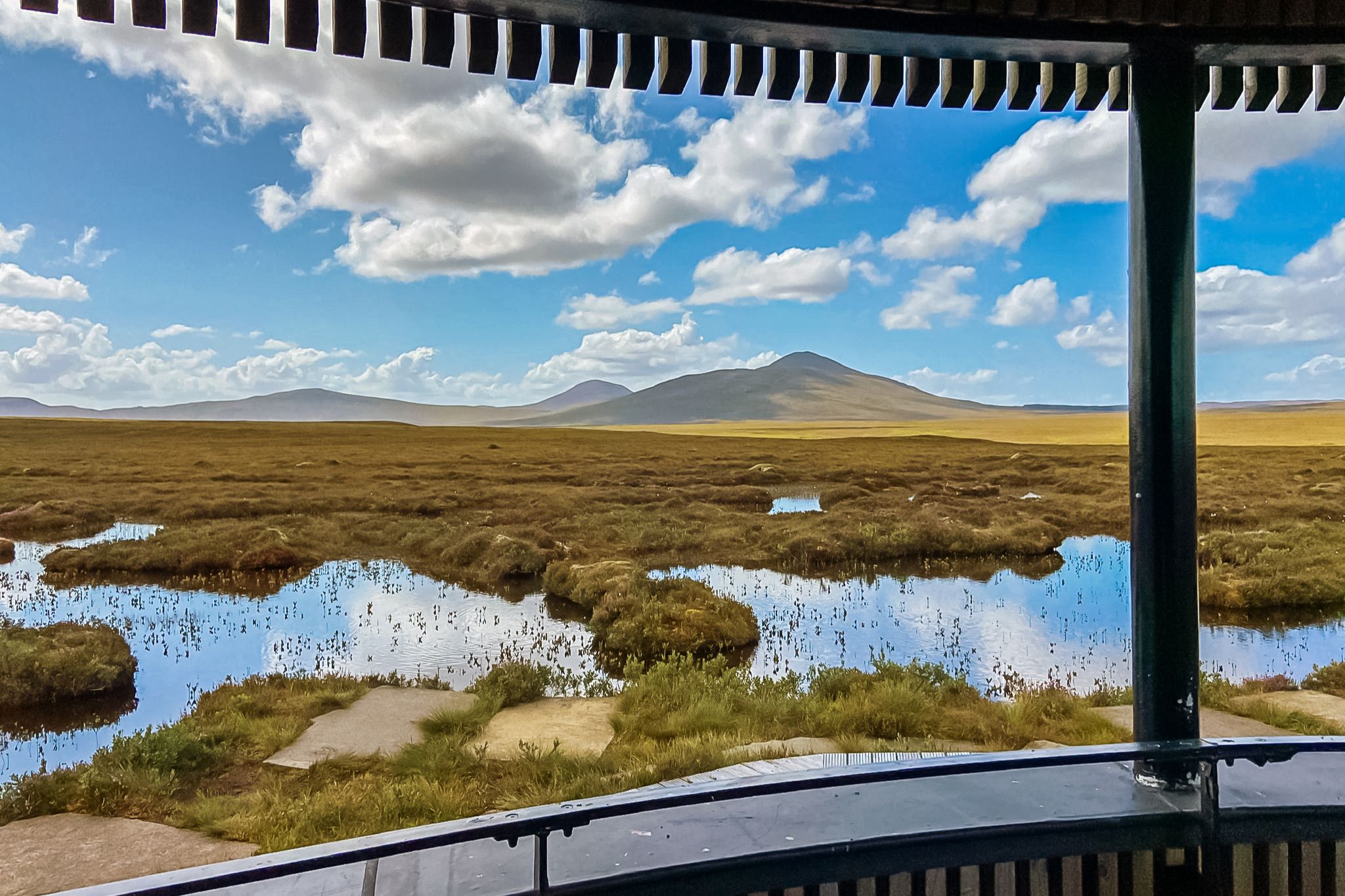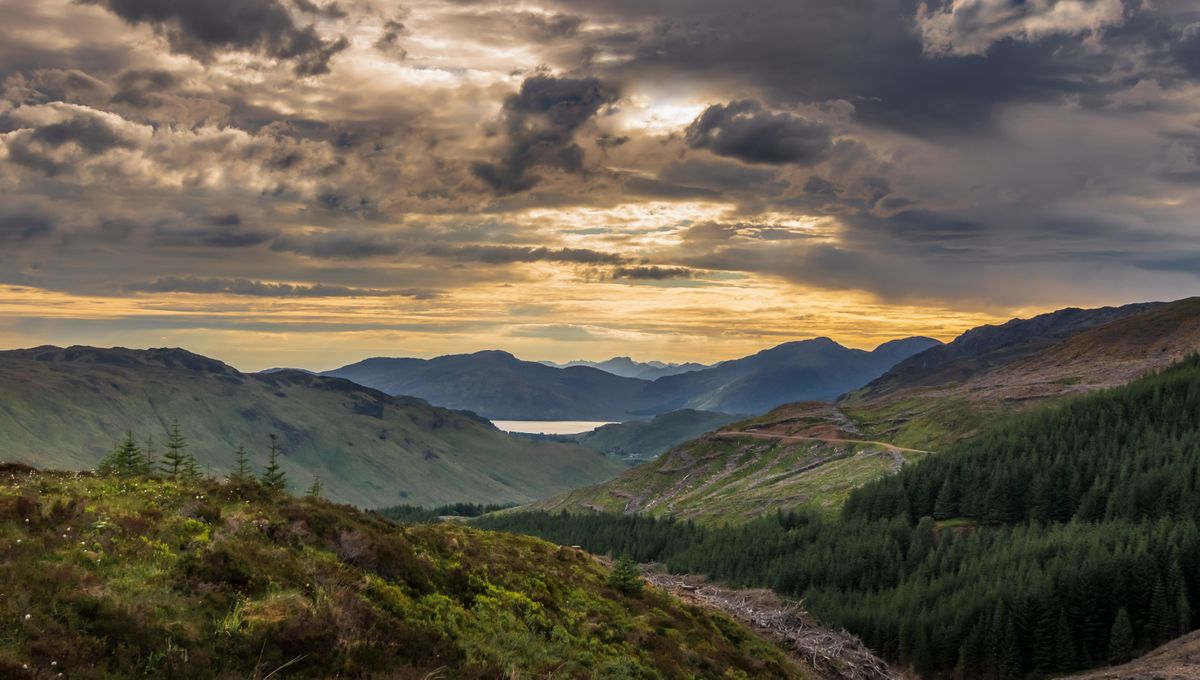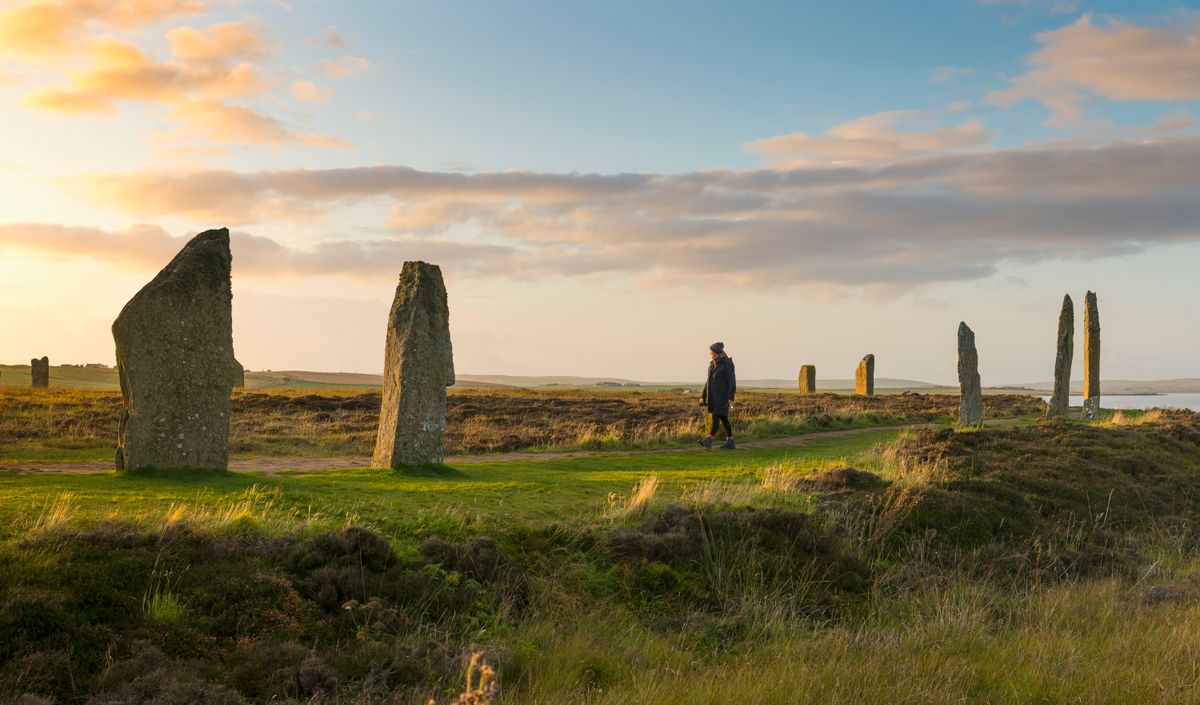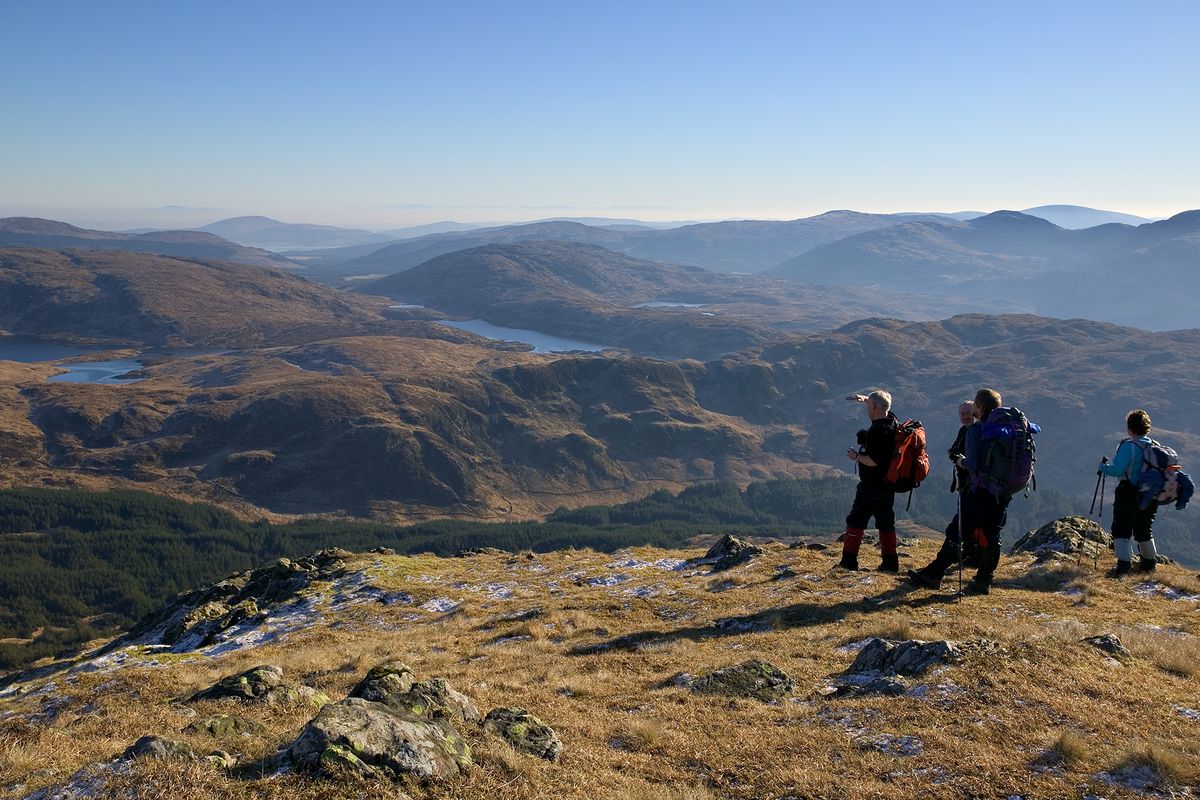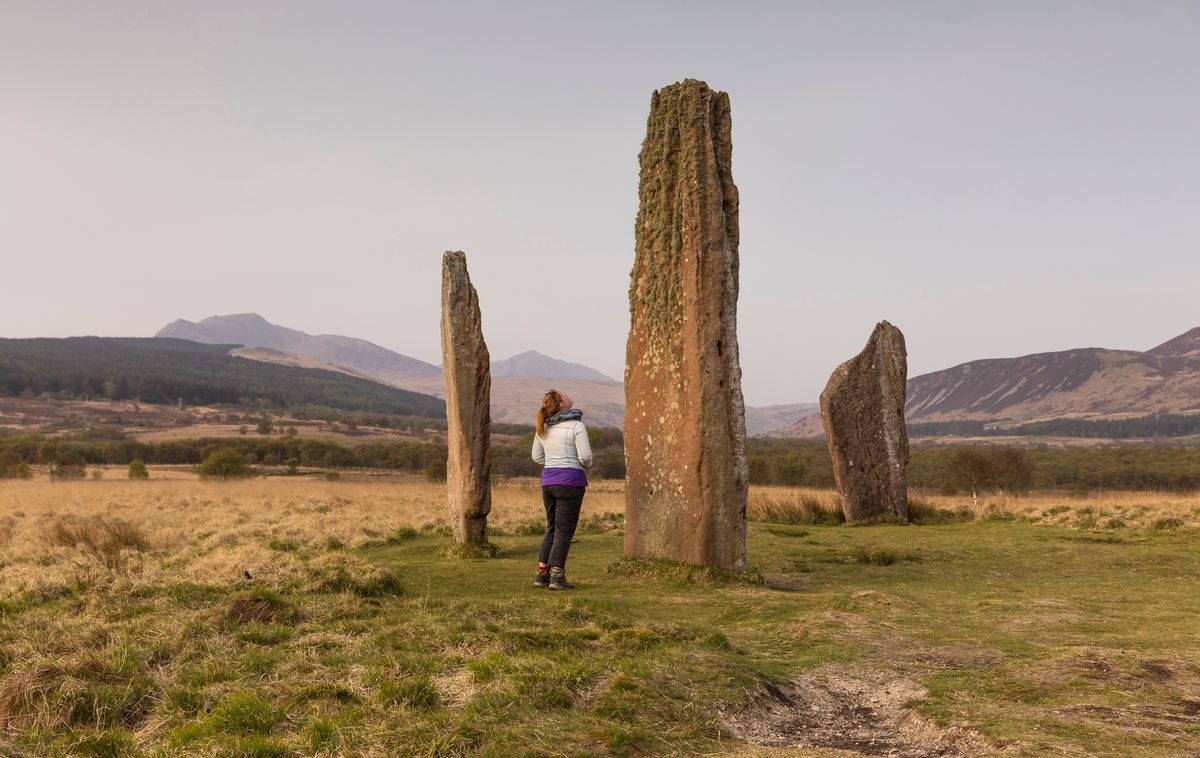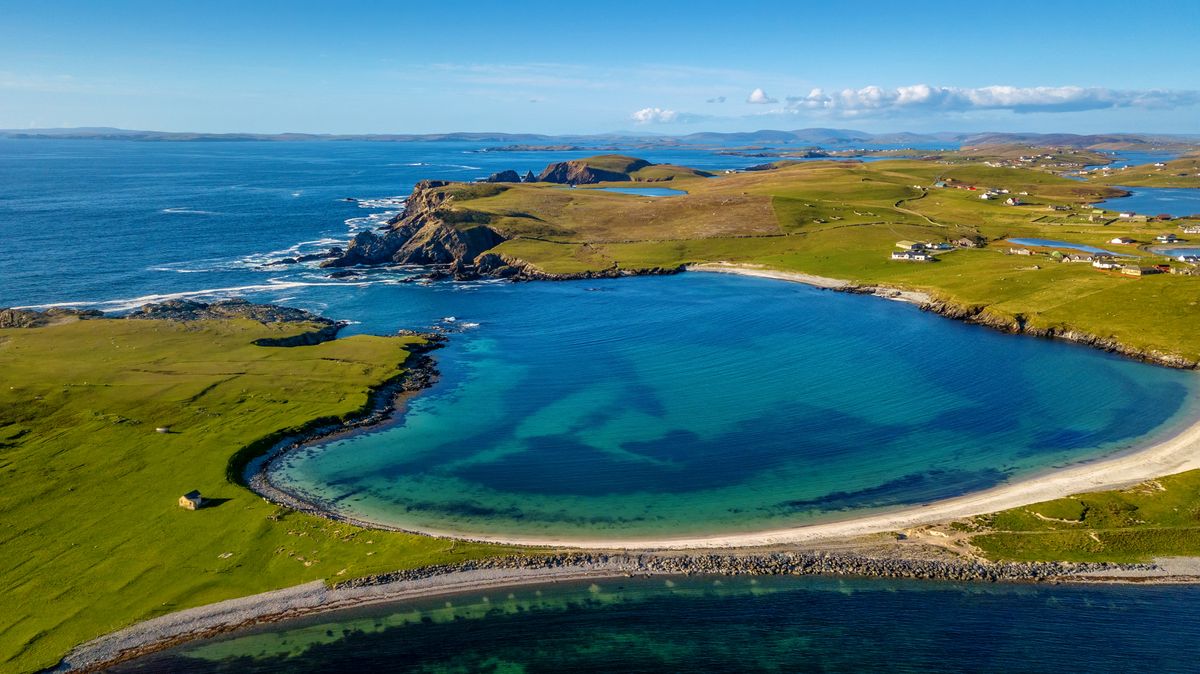
Bannaminn Beach, Shetland
Shetland Geopark is als een enorme geologische puzzel, waarbij elk stuk een andere geschiedenis vertelt. Sommige van deze stenen zijn tussen de 300 miljoen en 3 miljard jaar oud! Het geopark heeft ook dramatische klippen aan de kust, zandstranden, en een glooiend heuvellandschap, dat naast prachtig uitzicht ook een ideaal onderkomen is voor talrijke dieren- en vogelsoorten.
Duik in de rijke geschiedenis van de mensen die hier gewoond hebben, met nederzettingen uit de Nieuwe Steentijd, de tijd van de Vikingen en meer recentere periodes. Bezoek locaties zoals de oude nederzetting van Jarlshof en de markante stenen torens, die hier broch worden genoem, om meer te weten te komen over de mensen die door de eeuwen heen deze eilanden bewoond hebben.
